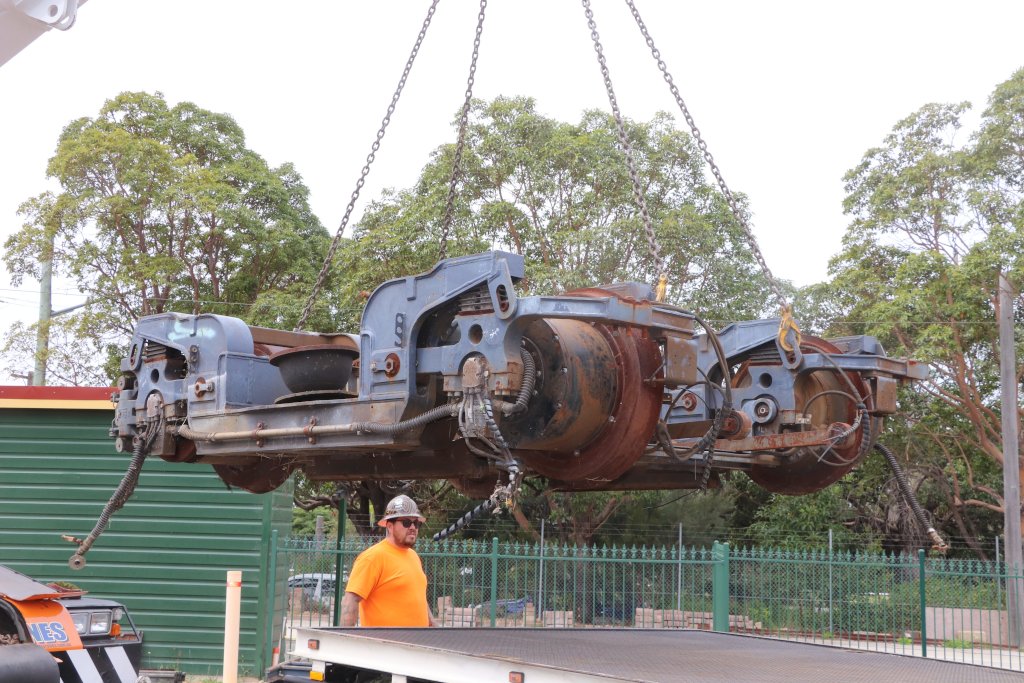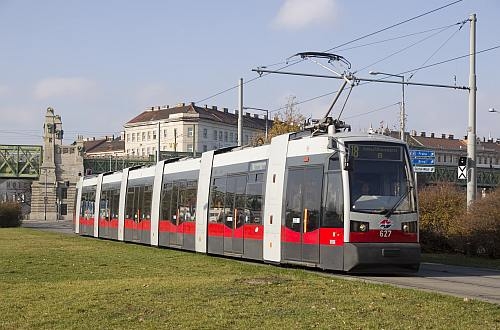by Myrtone
This thread is about systems in continental US states, including Alaska as well as the contiguous state and also Canada's continental provinces and territories and possibly Mexico's continental states.
Could operators in North America agree on a standard streetcar width? In that case, platform buffers would be fitted to the doors of anything narrower.
This could allow quite large joint venture orders, which makes it easier to meet Buy America requirements. Large orders in North America could help justify the economics of buying North American and even allow superior rolling stock to meet these requirements. Large orders also lower the cost of customization of rolling stock.
It would also allow North American operators to piggyback on each others orders and also allow cascade arrangements. That is, for example, where new vehicles roll out onto one system and that system's other vehicles are moved to a different system, new or existing.
Of course, this standard width needs to be sufficient to allow for 2+2 seating, especially as this is also typical of buses. In case of low floor vehicles, greater width allows longer entrance ramps and maybe a higher interior floor. Most low floor light rail vehicles have motors and disc brakes outside the wheel track, requiring the trucks to be wider than the tracks on which they run, so plenty of clearance is needed for those trucks. Here for example is the truck of a Toronto Flexity.
It has longitudinal motors and a right angle drive. This leaves room for disc brakes but requires steps beside the aisle over them as pictured.

This really negates the steplessness of the aisle of a low floor light rail vehicle, raising the question of why not have only 70% low floor. However, there are low floor models, such as the Variotram, that instead have direct drive hub motors.

These do not require steps beside the aisle, even if the trucks are to rotate in curves, itself desirable on systems where the minimum curve radius (depots included) is less than 82 feet, besides, direct drive is also quieter.
However, direct drive requires more clearance to leave room for disc brakes, otherwise the hydraulic brakes must be applied to the steel tyre of the wheels as with Skoda's 15T.

So could North American operators agree on a standard width with sufficient clearance for both direct drive motors and disc brakes outside the wheel track?
An example of a cascading arrangement would be for Portland and others with part high floor streetcars (not heavier kinds of light rail vehicle) to buy pivoting truck models than can be considered 100% low floor and their part high floor types being moved to different systems.
Or Cincinnati, Kansas City and others with 95-100% low floor fixed truck rolling stock could buy pivoting truck models, their fixed truck rolling stock being moved to different cities.
Could operators in North America agree on a standard streetcar width? In that case, platform buffers would be fitted to the doors of anything narrower.
This could allow quite large joint venture orders, which makes it easier to meet Buy America requirements. Large orders in North America could help justify the economics of buying North American and even allow superior rolling stock to meet these requirements. Large orders also lower the cost of customization of rolling stock.
It would also allow North American operators to piggyback on each others orders and also allow cascade arrangements. That is, for example, where new vehicles roll out onto one system and that system's other vehicles are moved to a different system, new or existing.
Of course, this standard width needs to be sufficient to allow for 2+2 seating, especially as this is also typical of buses. In case of low floor vehicles, greater width allows longer entrance ramps and maybe a higher interior floor. Most low floor light rail vehicles have motors and disc brakes outside the wheel track, requiring the trucks to be wider than the tracks on which they run, so plenty of clearance is needed for those trucks. Here for example is the truck of a Toronto Flexity.
It has longitudinal motors and a right angle drive. This leaves room for disc brakes but requires steps beside the aisle over them as pictured.
This really negates the steplessness of the aisle of a low floor light rail vehicle, raising the question of why not have only 70% low floor. However, there are low floor models, such as the Variotram, that instead have direct drive hub motors.

These do not require steps beside the aisle, even if the trucks are to rotate in curves, itself desirable on systems where the minimum curve radius (depots included) is less than 82 feet, besides, direct drive is also quieter.
However, direct drive requires more clearance to leave room for disc brakes, otherwise the hydraulic brakes must be applied to the steel tyre of the wheels as with Skoda's 15T.

So could North American operators agree on a standard width with sufficient clearance for both direct drive motors and disc brakes outside the wheel track?
An example of a cascading arrangement would be for Portland and others with part high floor streetcars (not heavier kinds of light rail vehicle) to buy pivoting truck models than can be considered 100% low floor and their part high floor types being moved to different systems.
Or Cincinnati, Kansas City and others with 95-100% low floor fixed truck rolling stock could buy pivoting truck models, their fixed truck rolling stock being moved to different cities.
Last edited by Myrtone on Sat Feb 10, 2024 6:09 am, edited 1 time in total.
Also known as Myrtonos
